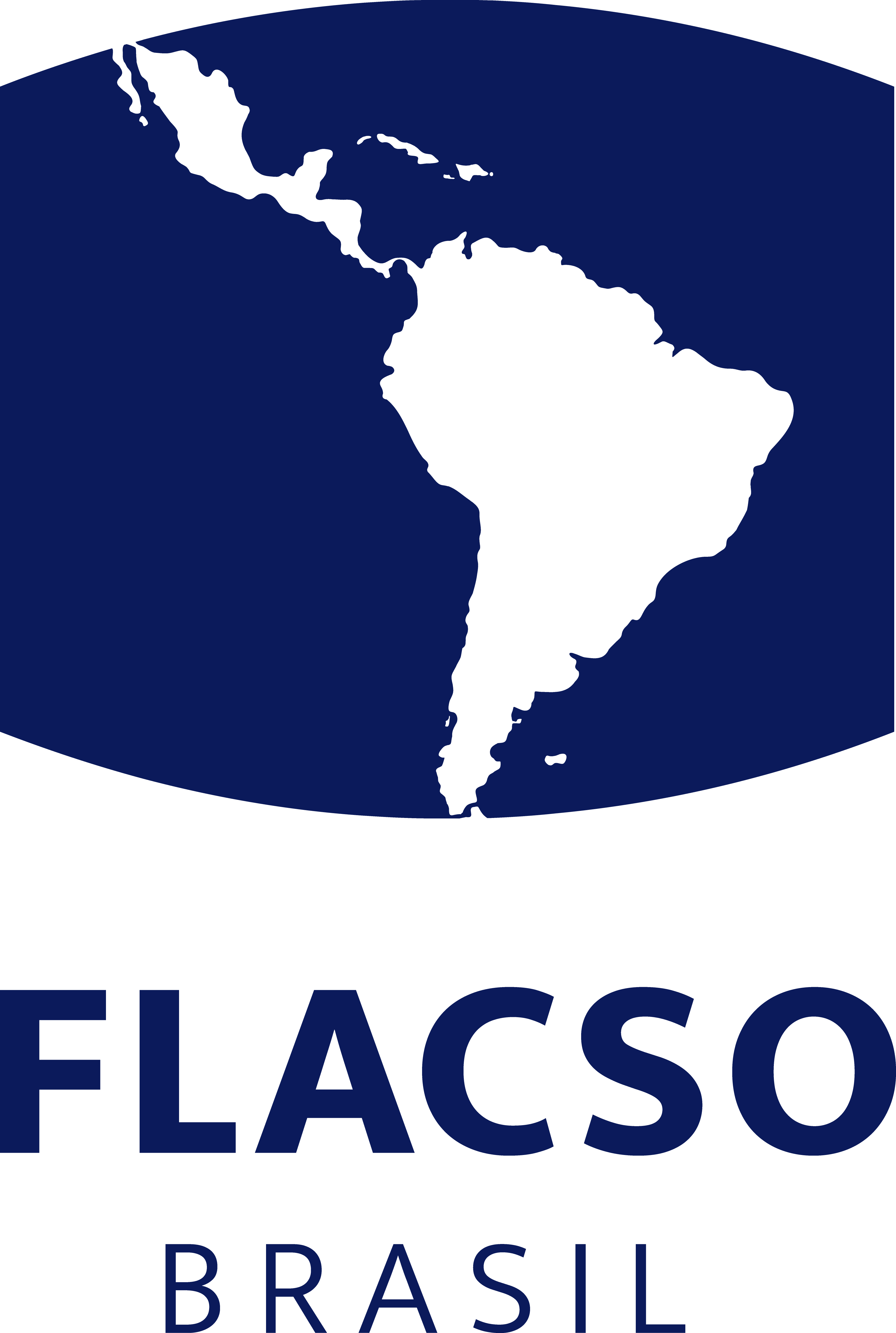The homicide rate for Brazilian young people under age 19 shot up 346 percent over the past three decades, according to research published Wednesday by the Latin American School of Social Sciences.
During that period, youths became a far higher percentage of Brazil’s murder victims — rising from 11 percent of the total in 1980 to 43 percent in 2010, the report said. The homicide rate for young people rose from 3.1 per 100,000 people younger than 19 years old to 13.8 per 100,000.
This means deadly violence against the most vulnerable members of Brazilian society has surpassed the 10 deaths per 100,000 that mark the accepted threshold of an epidemic, said Julio Jacobo Waiselfisz, a researcher also affiliated with the Brazilian Center for Latin American Studies.
A country’s homicide rate conveys much more than just the number of people who have died, Waiselfisz said.
“Homicide is not a casual act. There is a culture of violence that is leading to the solving of conflicts by exterminating the bothersome element,” he said.
Waiselfisz said part of the increase in youth homicides might be due to the improvement in Brazil’s record keeping in recent decades.
But, he added, it is undeniable Brazil is experiencing an epidemic of violence against young people. Unlike a disease epidemic, however, the violence is not contained or short-lived because it has become part of society, built into relationships, he said.
“There is a discourse that blames the victims, that says these kids are dying because they are doing drugs, or they got into trouble,” Waiselfisz said. “There is a process of institutional omission when faced with these facts, which are taken as natural.”
The numbers in Waiselfisz’s study rank Brazil as the fourth-worst among 91 countries when it comes to youth homicides, behind El Salvador, Venezuela and Trinidad and Tobago.
Perla Ribeiro, head of the nonprofit Association of Centers for the Defense of Children and Adolescents, called the study shocking, and said she hoped that Brazilians will face up to this reality and bring some change.
“Society needs to reflect on these numbers. This isn’t something often discussed, this increase in homicides of adolescents,” Ribeiro said. “All levels of government — municipal, state and federal — need to face up to this as a real public policy problem.”
Antonio Carlos Costa, a pastor who has worked for years in some of Rio de Janeiro’s most violent communities, said the homicide numbers aren’t just statistics, but names as well.
“There is Fabiana, who died in Morro dos Macacos, inside her house; there was the case of Juan,” he said, remembering an 11-year-old boy shot by police near his home and dumped in a river. “There is Joao Roberto, who died in Tijuca, and the boy Ramon from Costa Barros …,” he added, then his voice trailed off.
The cases of children who met violent deaths are too many to name, Costa said.
The majority of young victims suffer both at the hands of police and of drug traffickers and other criminal gangs, a part of Brazil that the rest of the population easily forgets — “the expendable Brazil,” he said.
“One thing I can tell you: This survey doesn’t fully reflect reality. Reality is far more dramatic,” Costa said.
He noted the numbers used in the study came from the Health Ministry’s database, and thus reflect deaths officially recorded, not the untold number of poor or marginalized youths whose disappearance or death is simply never recorded.
“Teenagers who are executed, dumped in rivers, those will never be counted,” Costa said.

Comentários